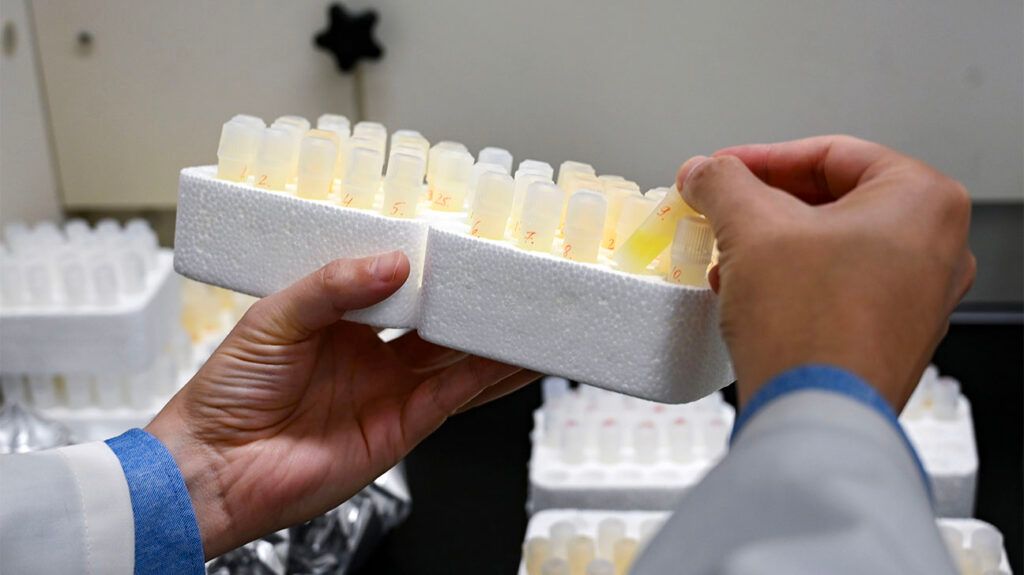Understanding How Breast Cancer Cells Remain Dormant for Years Before Reactivating and Spreading

Breast cancer can be highly treatable when detected early, yet in some cases, it reemerges after decades of being deemed eradicated. This paradox is largely due to cancer cells that detach from the primary tumor and enter a dormant state, hiding within the breast or other organs for extended periods. Despite significant advances, the biological mechanisms that sustain this dormancy and trigger cancer cells to reawaken have remained largely elusive.
A groundbreaking study from the Weizmann Institute of Science, led by Prof. Yosef Yarden, has shed light on these processes. Published in Science Signaling, the research elucidates how breast cancer cells are induced into dormancy and what factors later stimulate their resurgence.
Cancer development begins with cellular changes during embryonic growth, maturation, pregnancy, and lactation. Normally, breast tissue cells transition between an early, highly mobile, rapidly dividing mesenchymal state and a mature, cuboidal, less active epithelial state. Disruption in this controlled process can cause mature cells to revert to an earlier developmental stage, allowing unchecked proliferation and tumor formation. Conversely, cells that have disseminated throughout the body can revert to their mature state, becoming stationary and entering a dormant phase.
Since the entry into dormancy resembles the natural maturation of epithelial cells, scientists hypothesized they could influence this process artificially. Using a 3D tumor microenvironment model, researchers genetically modified aggressive triple-negative breast cancer cells to produce higher levels of OVOL proteins, which are integral to cell maturation. These modifications effectively arrested cancer cell growth and induced dormancy, findings further supported by experiments in mice, where increased OVOL expression suppressed tumor progression.
Interestingly, while elevated OVOL1 levels appear to slow cancer in the short term, they may also enable cancer cells to survive undetected for years in a dormant state. Variations in OVOL1 influence the likelihood of cancer recurrence; increased OVOL1 levels, driven by growth factors, correlate with a dormant, more resistant cell population. Conversely, estrogen suppresses OVOL1 expression, and women with low estrogen receptor levels and high OVOL1 tend to develop more aggressive cancers and have poorer outcomes.
Further insights revealed that the dormancy process involves the accumulation of unstable molecules called free radicals, which cause cellular damage, halt the cell cycle, and maintain dormancy. This oxidative stress damages genetic material, impairing DNA repair mechanisms. When dormant cells reawaken, they carry numerous mutations, making them more aggressive and treatment-resistant.
These findings suggest that dormant cancer cells are not in a simple suspended state but are accumulating genetic alterations over time. Understanding these mechanisms opens new avenues to prevent cancer recurrence by targeting dormancy pathways or the oxidative damage process.
Overall, this research advances our knowledge of breast cancer biology, highlighting potential strategies to intercept dormant cells before they trigger a relapse, and may have implications for other cancers exhibiting similar dormancy behavior.
Stay Updated with Mia's Feed
Get the latest health & wellness insights delivered straight to your inbox.
Related Articles
Exploring the Connection Between Fatigue and Breast Cancer Recurrence
Emerging research indicates a measurable link between fatigue and inflammation in breast cancer survivors, shedding light on new approaches for personalized fatigue management to reduce recurrence risk.
New Research Reveals Link Between Brain Lithium Levels and Alzheimer’s Disease
Recent studies reveal that low brain lithium levels are linked to Alzheimer’s disease, suggesting potential new avenues for early detection and treatment using lithium-based therapies.
Increased Risk of Cardiovascular Death Associated with Cannabis Use
A recent study links cannabis use to a doubled risk of death from cardiovascular disease, emphasizing the need for regulatory measures and further research into its health impacts.
Innovative Cyclic Disulfide Lipids Show Promise in Halting Cancer Growth in Mice
Nagoya University researchers have created cyclic disulfide lipids that dramatically enhance mRNA delivery, showing promise in stopping tumor growth in mice and advancing cancer vaccine development.



